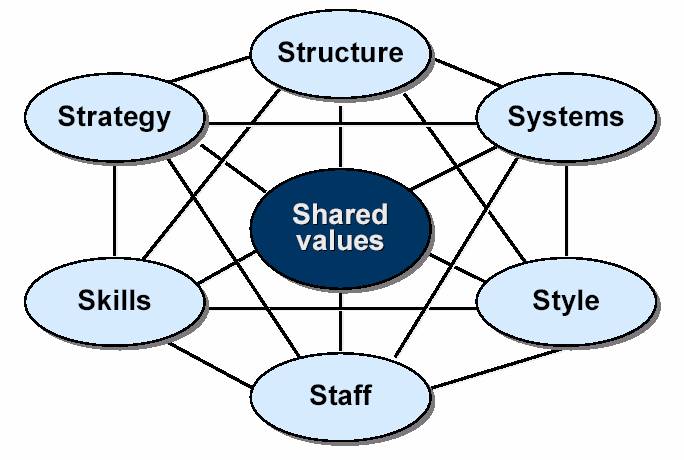Exemplary competency performers I identify as mentorships of important areas for personal development are;
Keeping an open mind, Setting conditions for positive change, Being Comfortable with Ambiguity, managing transition and institutionalization, build realistic relationships, See the whole picture and Manage client ownership to change. I have found that a common trait in these competencies is the ability to work with others and do so in a way that is productive towards reaching a common goal. People have agendas and goals that we as practitioners must recognize and respect, we best respond within the scope of responsibilities, capabilities and the resources towards common goals. Therefore, it is our goal as practitioners to learn what is important to others and engage their scope of interests within that of the organization. Leaders that have mentored me in these intangible capacities reflect these idealities;
The power of Influence- Throughout my tenure I have followed the advice of motivational speaker Brendon Burchard, where he describes the power plant of happiness and how one can motivate others through self discovery. TIP: See his video on how to add stunning value and be more influential:
The power of Partnership- Working with the regional vice president, Rob Wyre, he exemplified partnership and liaising by embodying support of our community. Our Senior Director of HR also empowered strategic partnering with local colleges, and institutions to build longstanding relationships.
The power of Acceptance- As practitioners we can be full of ideas, innovative forward thinkers. But, do our stakeholders believe in what we believe? Here in lies the problem, many times we do not include others in our projects and this is when we fail to gain buy-in. Industrial Engineer Ricardo Villeda taught me facilitation skills to emote inclusive dialogue, through the formula QXA=E, (Quality)X(Acceptance)= Excellence. “For an idea or strategy to be fully effective, it requires both quality and acceptance”.
Building Relationships- Personal networks and care for others helps gain trust and expand people’s respect in you and therefore in your work. My former director created an atmosphere of trust by finding out what was important to her team and how to appeal to them. This taught people to feel comfortable to confide in her and feel supported.
Assertiveness- When you behave confidently you can enlist others to follow your ideas, thoughts and plans. I once told my Professor Villeda how intimidating walking into a room of shareholder meeting with c-suites was. He suggested that I give myself a mental promotion, talk to others as if they are your friend and not an authority role. Great advices that warrant sharing in this blog.




 “Burke and Litwin (1992) model proposed a causal model of organizational performance and change. This open system model, considers inputs, processes, and outputs in relationship with the external environment.” In order to provide comprehensive variables external environments, along with individual and organizational performance are determinants of the climate needs, structural management and leadership strategy envisionment. Burke and Litwin contrasts Mckinsey in that, both external and internal climate/environments either diagnose a problem within the organisation or create an action plan for a change initiative. In addition, Burke and Litwin take a top down approach in diagnosing organizational effectiveness, whereas Mckinsey 7-S takes a holistic less structured approach in change efforts that do not consider any one aspect of an organization in isolation.
“Burke and Litwin (1992) model proposed a causal model of organizational performance and change. This open system model, considers inputs, processes, and outputs in relationship with the external environment.” In order to provide comprehensive variables external environments, along with individual and organizational performance are determinants of the climate needs, structural management and leadership strategy envisionment. Burke and Litwin contrasts Mckinsey in that, both external and internal climate/environments either diagnose a problem within the organisation or create an action plan for a change initiative. In addition, Burke and Litwin take a top down approach in diagnosing organizational effectiveness, whereas Mckinsey 7-S takes a holistic less structured approach in change efforts that do not consider any one aspect of an organization in isolation.